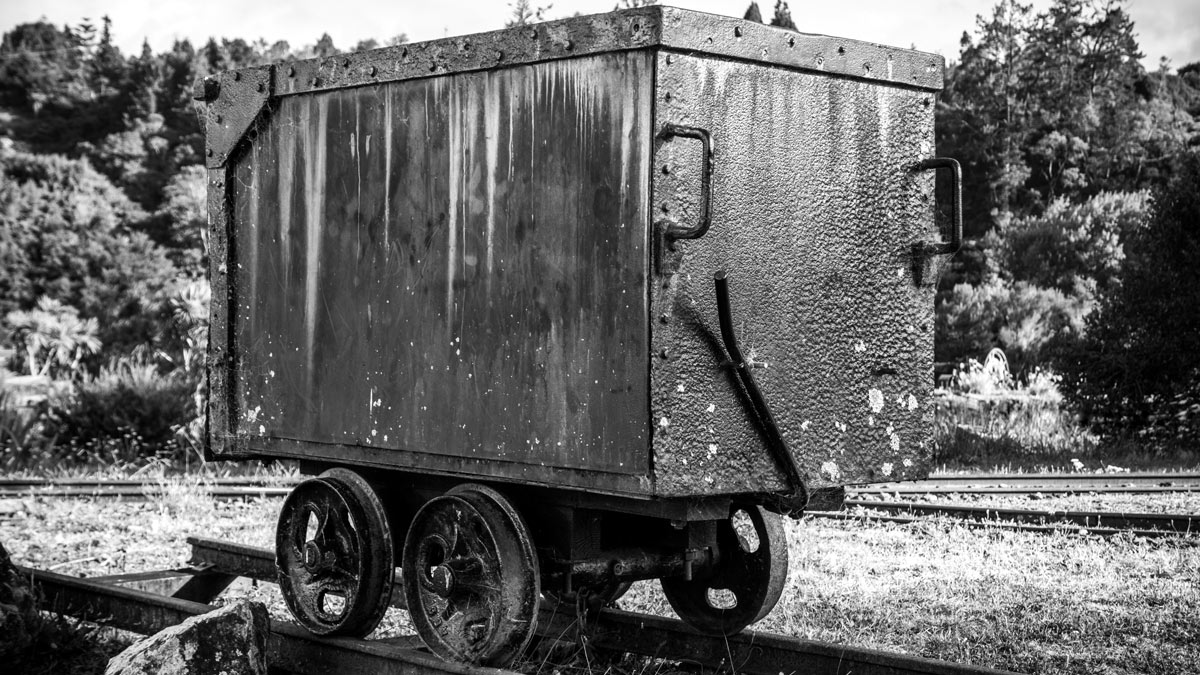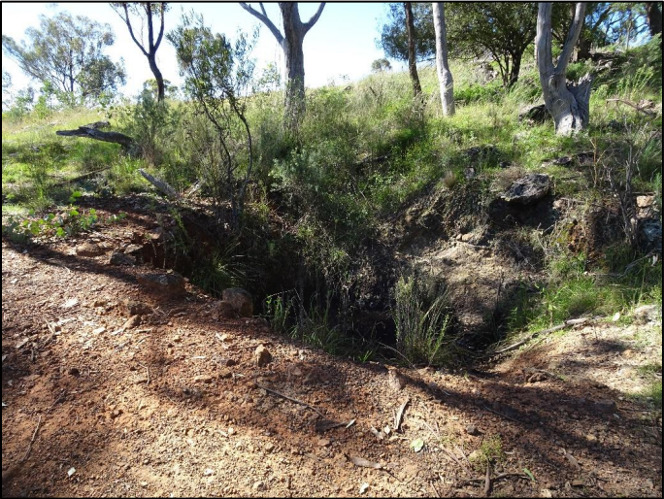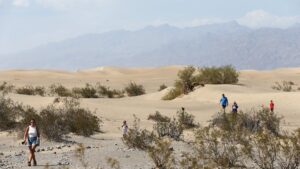IPO Watch: ASX newcomer Great Dirt Resources has projects with historical battery grade manganese production

Great Dirt Resources is the ASX’s newest manganese explorer looking to make a dent in manganese supply. Pic via Getty Images
- IPO Great Dirt Resources Ltd (“Great Dirt”) to tap manganese potential at its historical Doherty and Basin projects in NSW
- Great Dirt’s 168km2 exploration licence produced both battery (74.3%) and metallurgical grade (46%) manganese oxide for two decades from 1940 to 1960
- Battery grade manganese is an emerging market likely to grow ninefold by 2030
Special Report: Manganese prices may be trending lower this year but there’s no denying its rosy outlook as a key component in next generation lithium batteries. This ASX debutante is preparing for the upside.
Like other critical metals, demand for manganese will grow as it is steadily split between the more traditional steel industry and the emerging battery sector, a trend market analysts see growing ninefold by 2030.
With its ability to increase energy density, equating to longer driving range in the case of electric vehicles, and the added benefit of combustibility reduction, manganese is fast emerging as a vital material for electric vehicle industry.
Researchers are also discovering that including manganese into an upgraded version of lithium-iron-phosphate batteries (currently the dominant battery chemistry in China) can deliver a range up to 1000km for a single charge, double the current standard.
Enter: Great Dirt Resources
The renaissance in manganese usage places soon-to-be listed manganese explorer Great Dirt in prime position to capitalise.
Great Dirt’s 168km2 exploration licence (EL9527) is in the New England Orogen in northern NSW and is a proven producer of battery grade manganese. It includes the Doherty Project, which comprises the old Doherty and Junior Mines, and other manganese occurrences, as well as the Basin Project, where numerous manganese workings are found.

Both the Doherty and Basin Projects are prospective for high-grade manganese, in particular battery grade manganese where it was produced as run of mine ore. From the 1940’s for two decades, mines of the Doherty project produced around 9,000t of battery (74.3%) and metallurgical grade (46%) manganese oxide.
Production from the Doherty Mine was 6,000t of mostly battery grade manganese which was supplied to battery manufacturer Eveready in Sydney for use in dry cell batteries. The Junior mine, about 2.4km south of the Doherty mine, produced 3,000t of mostly metallurgical grade ore that was purchased by BHP for use in steel production.
Many other manganese occurrences are located along strike from these mines, none of which have been the subject of modern exploration.

An underexplored, ‘district scale’ manganese play
According to Great Dirt Executive Chairman Jeremy Whybrow, firstly, it was this historical production of both battery and metallurgical grade manganese oxide that really caught the company’s eye.
“The second part is that there’s quite a large area which hasn’t really been explored at all with any modern techniques and I guess that’s where the rub is.” he says.
“We hope to find more of these deposits that weren’t necessarily located historically because they were blind, covered with surficial material.
“We feel the area has unrecognised manganese potential and holds good prospectivity for larger-scale deposits.
“There’s also a wider district sort of play going on here – we’ve got a large land holding and quite a bit of prospective stratigraphy running through it.”
Untapped manganese potential
Meanwhile, the Basin Project holds >5km of prospective strike with two main targets already identified – Girraween (with ore assaying up 11% manganese oxide) and Basin Farm (with ore assaying up to 35% manganese oxide).
Basin is in the northwest corner of the tenement, closer to the Peel Fault, which has seen less historical manganese mining activity than Doherty.
Under the ticker ‘GR8’, the explorer plans to dig into the uncovered and untapped potential once it lists next week following a successful $5m IPO.
“We’ve organised for an aerial survey to be completed that will look at magnetic and radio-metric responses and create a digital elevation model over the project, what we’re most interested in is the targets derived from this work and the manganese occurrences in the Doherty project and its surrounds,” Whybrow says.
“That’ll be done a week or two after listing but we’ve already been over to site a couple of times, and we’ll be going back as the company lists to put together a field team and get them sorted out with all the equipment they need to commence exploration.
“We’ll also take a look at some rock chips and soil sampling just to get things kicked off because as I mentioned before, there has been no modern exploration conducted so we’re starting with a clean slate.”
This article was developed in collaboration with Great Dirt Resource , a Stockhead advertiser at the time of publishing.
This article does not constitute financial product advice. You should consider obtaining independent advice before making any financial decisions.
Related Topics
UNLOCK INSIGHTS
Discover the untold stories of emerging ASX stocks.
Daily news and expert analysis, it's free to subscribe.
By proceeding, you confirm you understand that we handle personal information in accordance with our Privacy Policy.








